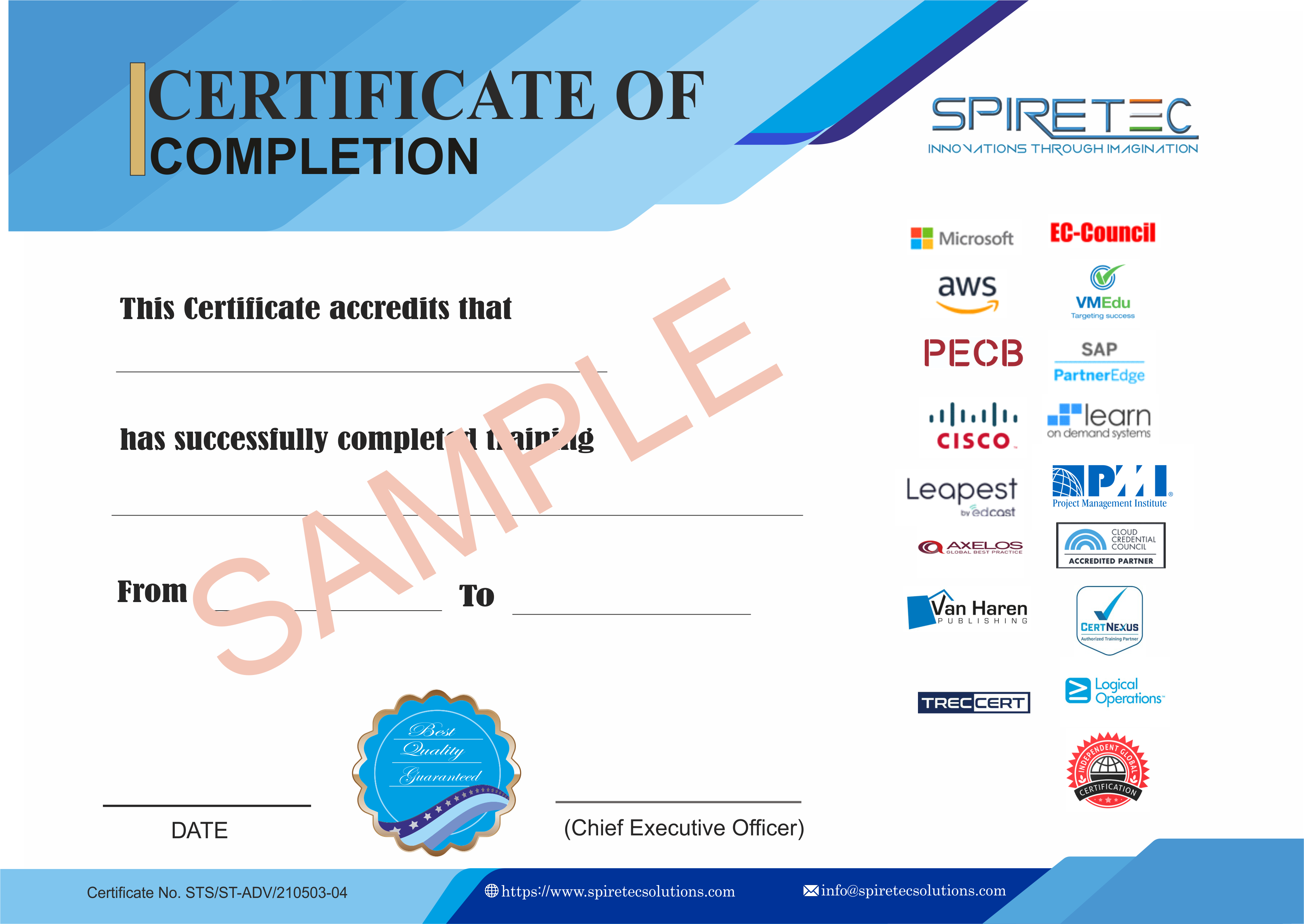The PL-600T00: Microsoft Power Platform Solution Architect course is designed for professionals aspiring to become solution architects who are responsible for designing and implementing solutions that meet the requirements and constraints of a business using the Microsoft Power Platform. This course provides a comprehensive understanding of the role and responsibilities of a solution architect, including mastering project methodology, understanding customer needs, and blueprinting solution architecture. Learners will gain insights into data modeling, analytics, artificial intelligence, as well as the architecture of Power Apps, Power Automate, and Power Virtual Agents. The course also covers crucial topics like application lifecycle management (ALM), security, integration, Dynamics 365 applications architecture, robotic process automation (RPA), and strategies for testing and going live with Power Platform solutions. By the end of the course, participants will be equipped with the knowledge and skills to ensure successful project governance and team collaboration, thereby enhancing their ability to develop robust, scalable solutions. This course is instrumental in preparing learners for the Microsoft Certified: Power Platform Solution Architect Expert certification, validating their expertise in the domain.
Audience Profile:
This course is for senior consultants (both functional and technical) aspiring to become Solution Architects or current Solution Architects who are new to the role.
At Course Completion:
After completing this course, students will be able to:
Prerequisites:
Course Outline:
Module 1: Becoming a Solution Architect / Getting to Know Your Customer
Lessons
-
Define a Solution Architect
-
Role of a Solution Architect on projects
-
Project Methodology
-
Getting to know your customer
-
Group Exercise: Getting to know your customer
Module 2: Conceptualizing the Design from Requirements
Lessons
-
How to lead the requirement collection effort
-
Using fit gap analysis
-
Pillars of good architecture
-
Blueprinting the solution architecture
-
Group Exercise: Design from requirements
Module 3: Project Governance and Working as a Team
Lessons
-
Solution Architect's role in project governance
-
Techniques for keeping a project on track
-
Scenarios that could cause a project to fail
-
Group Exercise: Project governance and working as a team
Module 4: Power Platform Architecture
Lessons
-
Key Power Platform architecture components
-
Understand how platform design and limits influence solution architectures
-
Updates and feature releases
-
Understand how to communicate how the platform meets customer needs
Module 5: Data Modeling
Lessons
Module 6: Analytics and Artificial Intelligence
Lessons
Module 7: Power Apps Architecture
Lessons
-
Discuss options for apps and how to choose where to start
-
Discuss app composition options
-
Using components as part of your app architecture
-
Considerations for including Portals as an app in your architecture
-
Group Exercise: Power Apps Architecture topics
Module 8: Application Lifecycle Management (ALM)
Lessons
Module 9: Power Automate Architecture
Lessons
-
Discuss options for automation and custom logic
-
Review considerations for using triggers and common actions
-
Explore using Business Process Flows (BPF) to guide users through business processes
-
Group Exercise: Evaluate scenarios for Power Automate usage
Module 10: Security Modeling
Lessons
-
Solution Architect's role in security modeling
-
Discovery and learning your client's environment
-
Controlling access to environments and resources
-
Controlling access to CDS Data
-
Group Exercise: Security Modeling
Module 11: Integration
Lessons
-
Solution Architect's role in Integrations
-
What is an integration and why do we need it
-
Platform features that enable integration
-
CDS Event Publishing
-
Scenarios for group discussion
Module 12: Dynamics 365 Applications Architecture
Lessons
-
Solution Architect's role when deploying Dynamics 365 apps
-
Architecture considerations for primary apps
-
Group Exercise: App-specific working groups evaluate requirements
Module 13: Power Virtual Agents Architecture
Lessons
Module 14: Robotic Process Automation
Lessons
Module 15: Testing and Go Live
Lessons







 Live Online Training (Duration : 32 Hours)
Live Online Training (Duration : 32 Hours)
